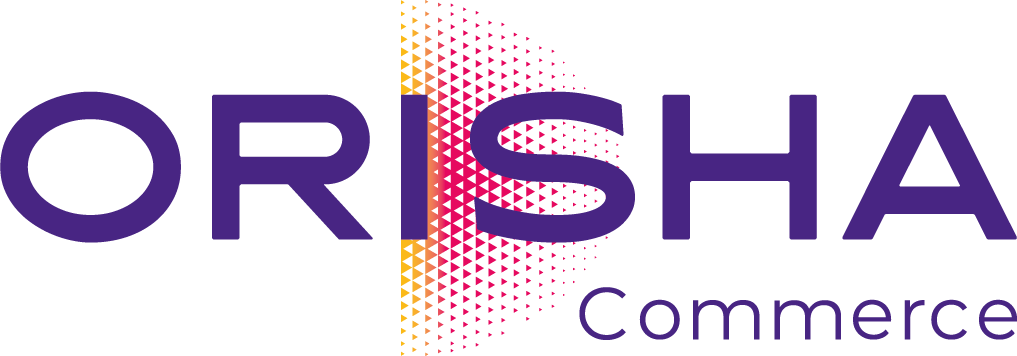Customer Journey in Retail: Best Practices

Creating an effective customer journey in retail is essential to ensuring a seamless and satisfying shopping experience. The customer journey represents the path consumers take from their first interaction with your brand to the final purchase. It encompasses all stages, from product discovery to transaction, including trial, comparison, and decision-making.
In a competitive market, the stakes are high: offering a smooth shopping experience, ensuring easy access to products, and maintaining effective stock management. A well-designed customer journey can help attract and retain customers, boost sales, and enhance profitability. In this article, you’ll discover the best practices for creating a successful customer journey in the retail sector!
1. Creating an Omnichannel Experience
What is an omnichannel experience?
An omnichannel approach is a key driver in the retail sector, meeting the expectations of today’s consumers. Customer experience is a major differentiating factor, and omnichannel strategies ensure a consistent and seamless experience across all sales channels. Designing an omnichannel experience means integrating different sales channels—physical stores, websites, mobile apps, and social media—so that customers can move effortlessly from one to another.
This approach offers numerous benefits for a successful customer journey:
- It improves customer satisfaction by providing more choice and flexibility.
- It increases sales by reaching a broader audience.
- It strengthens customer loyalty through a consistent and personalized experience.
By adopting an omnichannel strategy, retailers position themselves as modern and innovative players, ready to meet the evolving needs of consumers.
How to implement it?
Identify your target audience and map the customer journey to understand it better: with in-depth knowledge of your customers, you can better meet their expectations.
- Invest in the various channels used by consumers: social media, websites, e-commerce platforms, mobile apps, chatbots, phone services, and physical stores. A competitive analysis will help you implement an omnichannel buying experience tailored to your clientele and your brand’s performance.
- Digitize the in-store experience: augmented shelves, immersive tools, and connected sales associates. With enriched data, you can enhance the in-store experience by refining every stage of the journey. From product discovery to checkout, the entire store complements online channels, creating a strong emotional experience that drives conversion.
- Offer services that complement your product offering: click-and-collect, in-store pickup, home delivery, repair and maintenance workshops, product trials. The more you enrich your offerings, the more customers will appreciate their experience in your store (and recommend you!).
2. Mastering Relationships and Support
Gaining consumer trust is crucial to triggering a purchase. Trust is a key factor in the buying decision, as consumers are more likely to buy products or services from a brand they trust. It reduces doubts and uncertainties related to the purchase, promoting conversion. Trust is also critical to customer retention—customers are more likely to return if you build a lasting relationship with them, leading to repeat sales, increased customer lifetime value, and positive word-of-mouth.
Here are our tips for mastering customer relations:
- Data Centralization: Use a customer management system to centralize customer data. This helps retailers better understand consumer needs and preferences, enabling personalized customer relationships. Using this data, retailers can offer relevant product recommendations, personalized promotions, and tailored communication.
- Connected Sales Team: Equip your sales team to stay connected and always be helpful to customers. The use of a connected sales tablet can streamline processes and enable sales associates to answer customer questions efficiently: technical product information, stock availability, product accessories, and more. Your staff becomes knowledgeable experts whose advice is highly appreciated by customers.
- Mobile Checkout Tablet: Optimize the checkout process by reducing wait times and offering mobile checkout throughout the store. This eliminates frustrations and provides continuity for customers, who no longer have to interact with multiple associates.
Customer Loyalty Marketing Program: Implement an integrated loyalty program throughout the customer journey. You need a consolidated and unified customer database across all your brand’s channels. Purchase history, favorite products, repairs and equipment rentals, loyalty rewards—everything is centralized, allowing you to anticipate customer needs and offer a personalized experience. This requires a robust point-of-sale (POS) system with features for managing loyalty programs (automatic points attribution, personalized notifications, referral systems, rewards tracking, etc.).

3. Unifying Stock Management
While stock management is a critical component of retail operations, it is also a key lever for optimizing the customer journey. Unified stock management enables real-time tracking of stock across all stores, facilitates procurement, simplifies transfers, and ultimately drives sales.
- Product Availability: Ensure sufficient inventory to meet customer demand. This prevents frustrations related to stockouts, which can lead to lost sales and customer dissatisfaction.
- Reduced Delivery Times: Products are available in warehouses or stores, ready for shipping or pickup by customers. This provides a faster and smoother shopping experience.
- Up-to-date and Accurate Product Information: This avoids confusion or disappointment when customers search for information on a specific product.
- Stock Management: A rigorous stock management system helps minimize order errors, such as shipping the wrong product or missing an item in an order.
Cost Optimization: Effective management helps avoid stock surpluses or shortages, which can lead to additional costs for the business (losses due to product obsolescence, transportation fees, etc.).





